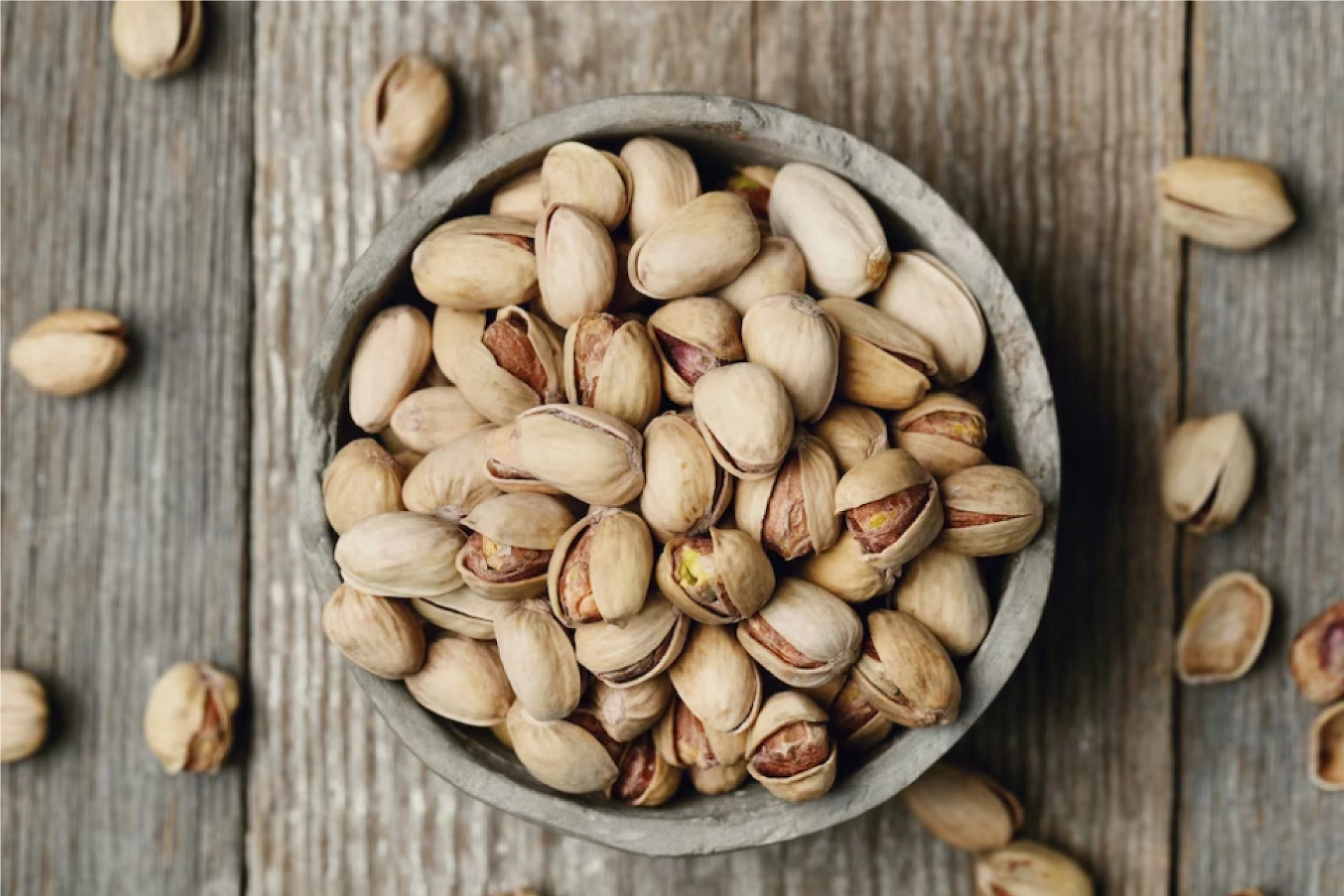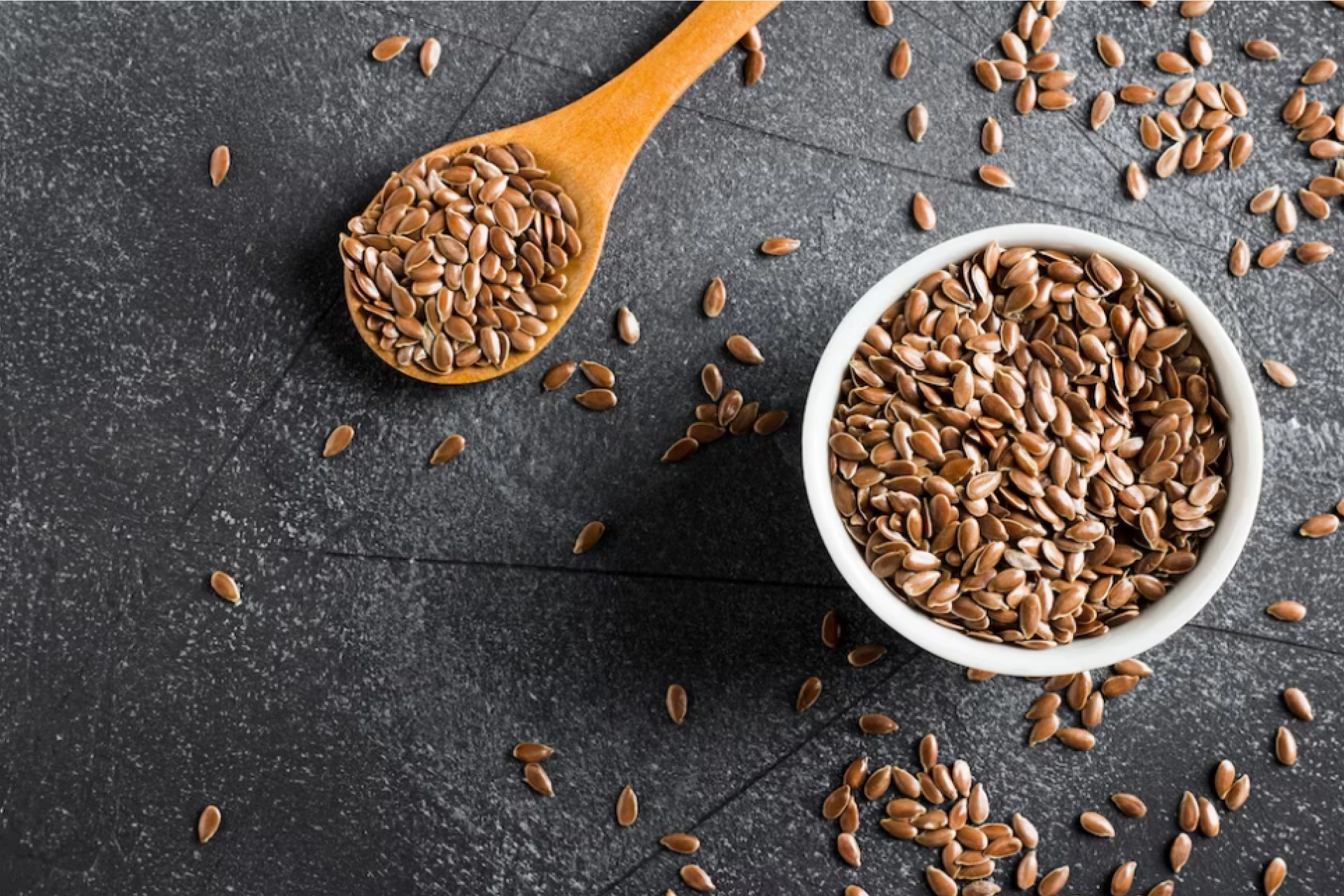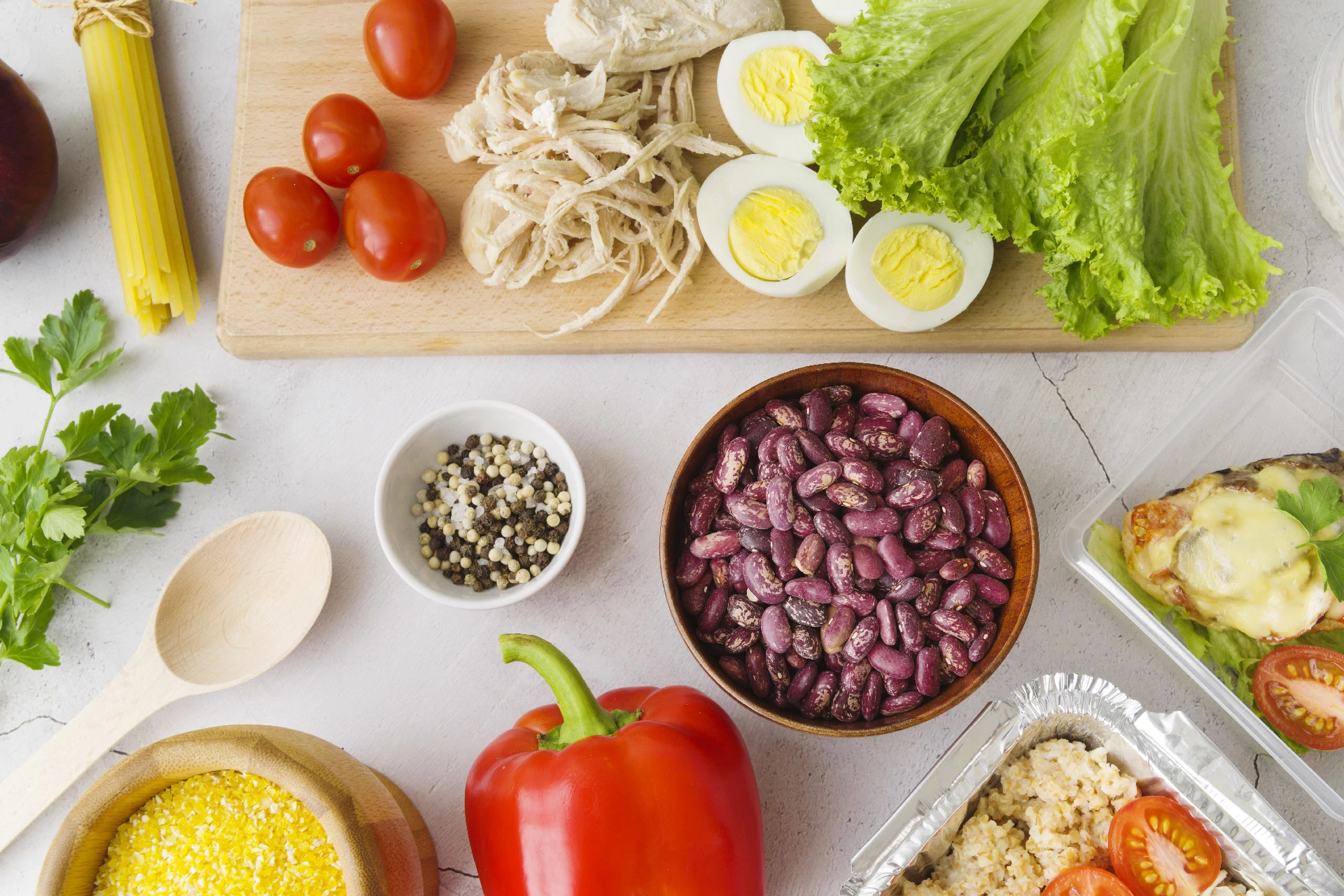Nutrition | 10 min read
Vegan Diet Chart: Means, Types, Foot To Add In Plan, Menu
Medically reviewed by
Table of Content
Key Takeaways
- A plant-based diet plan should include fruits, vegetables and legumes.
- Have fortified yoghurts and plant milks to compensate for dairy products.
- Some healthy vegan diet foods include whole grains, tofu, nuts and seed.
Plant-based diets have become an integral part of food nutrition. This is mainly thanks to an increased awareness of both health and the environment. A vegan diet plan is basically one that includes plant-based foods as its foundation. Going vegan means that you completely avoid animal foods or products. Slowly but surely, veganism has gone from being a mere fad to an active choice that supports the health goals of people across the world. For instance, a study recently revealed the effectiveness of a vegan diet plan in preventing and treating type 2 diabetes [1].
A plant-based diet plan not only includes fruits and vegetables but also incorporates beans, legumes, oils, seeds and nuts. It is necessary for such a vegan diet for beginners to be balanced with an appropriate amount of carbs, proteins, fats, vitamins and minerals. It is a good idea to include at least 5 varieties of fruits and vegetables daily and drink sufficient amounts of liquids. As dairy products cannot be consumed in such a diet, try switching to other alternatives like yoghurts and non-dairy milk like soy or almond.
Read on for vegan foods that you can include in your plant-based diet plan.
Vegan Diet Means
Veganism is characterized as a way of life that makes an effort to avoid using animals in any manner, whether it be for food, clothing, or other uses.
Because of this, a vegan diet plan excludes all animal products, including dairy, eggs, and meat.
Numerous factors influence people's decision to become vegans. These often cover topics like ethics and the environment but can also be motivated by a desire to get healthier.
All animal products are off-limits on a vegan diet plan. This is a common eating style for those with moral, environmental, or health concerns.
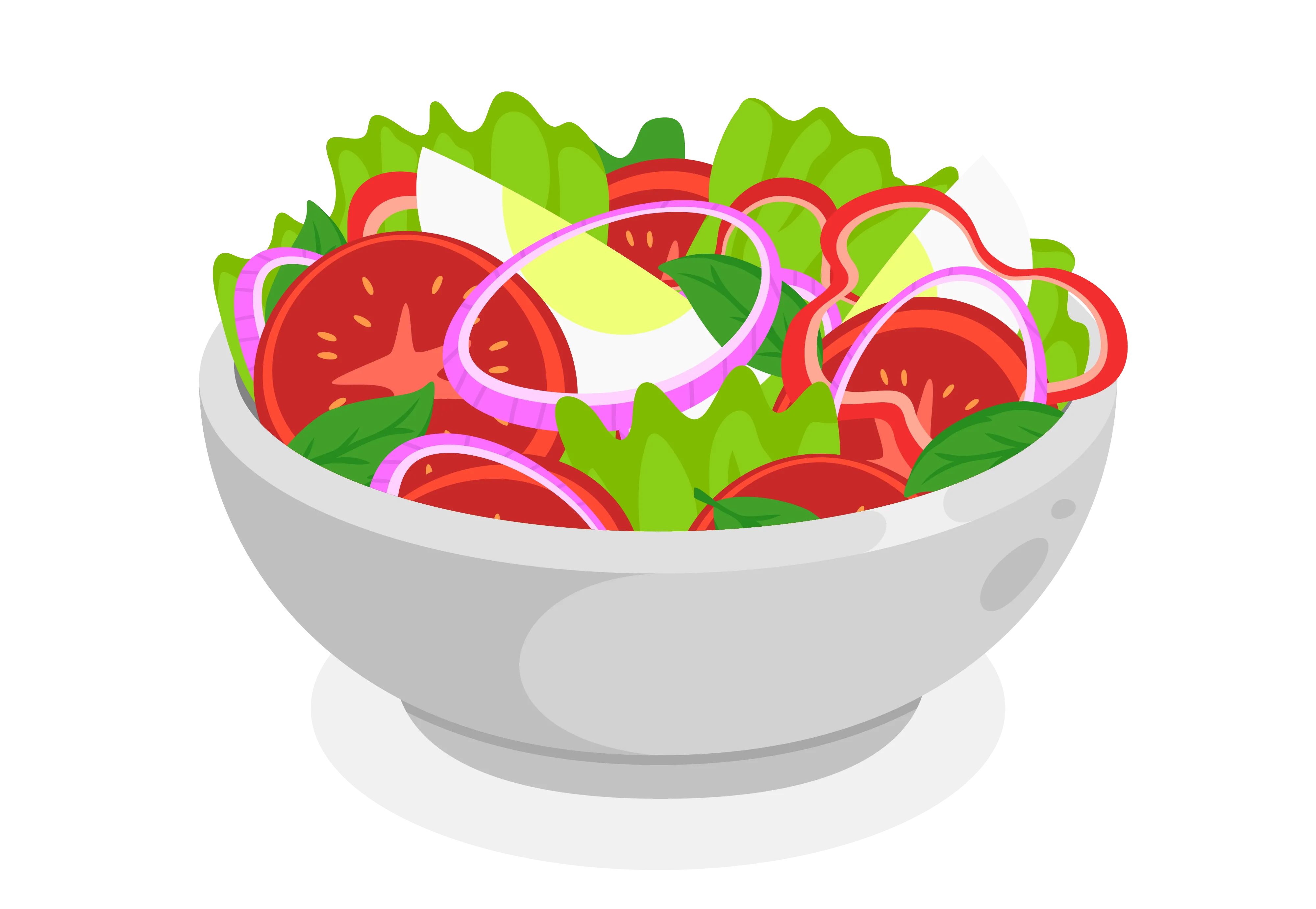
Types of Vegan Diets
There are several variations of the vegan diet. The most typical ones are:
Whole-foods vegan diet
A wide range of whole plant foods, including fruits, vegetables, whole grains, legumes, nuts, and seeds, form the foundation of this diet.
Vegan raw food diet
This diet consists of uncooked, unprocessed plant foods such as fruit and vegetables, nuts, and seeds that have not been cooked over 118°F (48°C).80/10/10 diet
The 80/10/10 diet is a raw-food vegetarian diet that restricts fat-rich vegetables like nuts and avocados in favor of raw fruits and soft greens. It is sometimes referred to as the fruitarian or low-fat, raw-food vegetarian diet.
Solution based on starch
This is a low-fat, high-carbohydrate vegan diet comparable to the 80/10/10 diet, except instead of fruit, it relies on cooked starches, including potatoes, rice, and maize.
Raw till 4 p.m
The 80/10/10 diet and starch solution inspired this low-fat vegan diet. Raw foods are ingested till 4 p.m., with a prepared plant-based meal available for the evening.
Diet Thrive
The thrive diet is a vegan raw food diet. Followers eat plant-based whole meals at moderate temperatures, either raw or gently cooked.
Vegan junk food diet
This vegetarian diet is lacking in whole plant foods and mostly consists of imitation meats and cheeses, fries, vegan desserts, and other overly processed vegan meals.
Despite the fact that there are several vegan diet variants, most scientific study rarely distinguishes between them. The knowledge in this article thus applies to vegan diets as a whole.
Foods to Eat in Vegan Diet Plan
Vegans who are concerned about their health substitute plant-based products for animal products, such as:
Seitan, tofu, and tempeh
In many dishes, they offer a flexible, protein-rich substitute for meat, fish, poultry, and eggs.
Legumes
Peas, beans, and lentils are excellent sources of a wide range of minerals and beneficial plant chemicals. Nutrient absorption can be improved by sprouting, fermentation, and careful cooking.
Nut butter with nuts
Vegetables that have not been blanched or roasted are excellent providers of iron, fiber, magnesium, zinc, selenium, and vitamin E.
Seeds
Hemp, chia, and flaxseeds are seeds that are high in protein and healthy omega-3 fatty acids.
Yogurt and plant milk that has been calcium-fortified
These aid vegans in consuming the appropriate amount of calcium in their diets. Choose varieties that are extra enriched with vitamin b12 as well as vitamin D whenever it is practical.
Veggies and fruits
Both of these vegan meals are excellent sources of extra nutrients. In particular, leafy greens, including mustard greens, bok choy, spinach, kale, and radishes, have significant quantities of iron and calcium.
Algae
Excellent sources of total protein are chlorella and spirulina. Iodine content in other kinds is high.
Nutritional yeast
This is a simple technique to boost the protein level of vegan recipes while also adding an intriguing cheesy taste. Choose vitamin B12-fortified types whenever feasible.
Whole grains, cereals, and pseudocereals
These are high in complex carbohydrates, fiber, iron, B vitamins, and a variety of minerals. Protein-rich grains include spelt teff, amaranth, and quinoa.
Plant foods that have been sprouted and fermented
Probiotics and vitamin K2 are frequently found in Ezekiel bread, tempeh, miso, natto, sauerkraut, pickles, kimchi, and kombucha. Sprouting and fermenting can also aid in mineral absorption.
Any vegan cupboard or refrigerator would benefit from having these less-processed plant items.

Foods to Avoid in Vegan Diet Plan
Vegans abstain from eating any animal meals or items having animal products. Among these are:
- Meat and poultry: Cattle, lamb, hog, veal, horse, organ meat, wild meat, chicken, turkey, goose, duck, quail, and so on.
- All types of fish, anchovies, shrimp, calamari, scallops, mussels, crab, and other seafood.
- Milk, yogurt, curd, butter, dessert, snack foods, and other dairy products
- Eggs from poultry, quails, ostriches, fish, and so on.
- Honey, pollen, and royal jelly are examples of bee products.
- Ingredients obtained from animals include whey, casein, dairy, egg white albumen, gelatin, cochineal or carmine, isinglass, shellac, L-cysteine, animal-derived vitamin D3, & fish-derived omega-3 fats.
Vegans avoid eating any animal meat, byproducts, or items containing a component derived from animals.
Vegan Diet Plan Menu For One Week
Here is a straightforward menu plan for a week's worth of vegan dinners to get you started:
Monday
- Breakfast: Tofu, cucumber, tomato, turmeric, and plant-milk chai latte on a vegan breakfast sandwich.
- Lunch will be a salad of quinoa and spiralized zucchini with peanut dressing.
- Red lentil and spinach dal served over wild rice for dinner.
Tuesday
- Overnight oats with fruit, fortified plant milk, chia seeds, and almonds for breakfast on Tuesday.
- Lunch: a sandwich with seitan and kraut.
- Dinner will consist of salad and noodles with a lentil Bolognese sauce.
Wednesday
- Breakfast on Wednesday includes a banana-flaxseed walnut muffin and a smoothie with mango and spinach made with fortified plant milk.
- Lunch will be a sandwich of baked tofu with a side of tomato salad.
- Dinner will be vegan chilli over amaranth.
Thursday
- Breakfast consists of fortified plant yogurt, a banana, and whole-grain bread with hazelnut butter.
- Tofu noodle soup and veggies for lunch.
- Sweet potatoes in a jacket with lettuce, corn, beans, nuts, and guacamole for dinner
Friday
- Veggie omelettes with onions and chickpeas for breakfast on Friday, along with a coffee made with supplemented plant milk
- Vegan tacos for lunch with mango-pineapple salsa
- Dinner will be bok choy and broccoli stir-fried with tempeh.
Saturday
- Breakfast consists of spinach and tofu wrap with fortified plant milk.
- Lunch: kale, tomato, and red lentil soup with hummus and whole grain bread.
- Dinner included wakame salad, edamame, miso soup, and vegetable sushi rolls.
Sunday
- Breakfast consists of chickpea pancakes, guacamole, salsa, and orange juice with added vitamins.
- Lunch will be a tofu vegan quiche with sautéed mustard greens on the side.
- Vegan spring rolls for supper
It's vital to switch up your protein and veggie sources throughout the day because they all include various vitamins and minerals crucial for good health. You may enjoy a range of delectable plant-based dishes on a vegan diet.
Food to Add in Vegan Diet Plan
Make legumes a part of your daily vegan meal
Being a vegan means you completely avoid animal protein sources such as eggs, fish and meat. So, it is important to consume plant-based foods rich in proteins. Legumes such as beans, peas and lentils are rich in proteins and fiber in addition to calcium, iron, complex carbohydrates and antioxidants. The antioxidants present in legumes help in fighting infections, while the complex carbs keep you full for a long time. Remember, half a cup of cooked lentils contains about 8.84g of protein. Try to eat legumes along with vegetables and fruits rich in Vitamin C as this helps increase iron absorption [2].
Have yogurt and fortified plant milk for their vitamin and mineral content
Compared to vegetarians or non-vegetarians, vegans consume less calcium, which can harm your bone health. So, include fortified plant milk and yogurts in your diet. Some protein-rich milk options include soy milk and hemp milk. Along with calcium, your body gets rich in protein this way. If you are looking for milk with low protein, try coconut, rice, oat and almond milk. These fortified plant milk and yogurts are rich in Vitamin D, which is essential for calcium absorption. Some milk and yoghurts are fortified with Vitamin B12 as well and these are ideal alternatives to dairy.
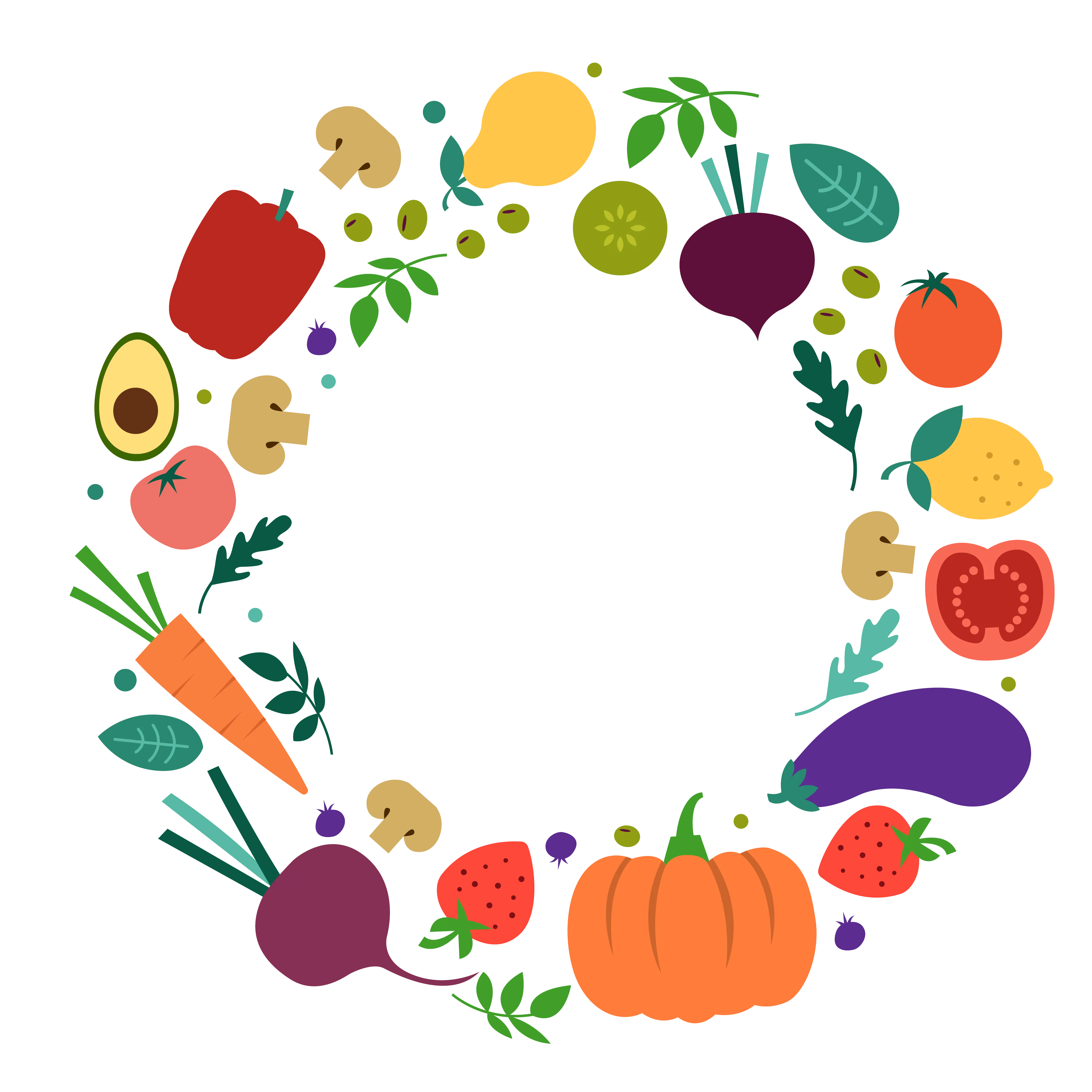
Include seeds in your vegan diet plan
Hemp, flax and chia seeds are packed with proteins and so it is necessary to include them in your diet. They are also effective in treating skin conditions and reducing inflammation [3]. Keep in mind that you get 9g of easily digestible protein in just 28g of hemp seeds. The fat content present in these seeds helps in reducing premenstrual and menopause symptoms too. Chia and flax seeds are rich in ALA or alpha-linolenic acid, which play a significant role in nervous system development. You can add them in baking as these are perfect substitutes for eggs!
Additional read: Health Benefits of Chia SeedsIncorporate cereals and whole grains as vegan diet foods
Whole grains and cereals are rich in fiber, iron, complex carbs along with vitamins and minerals. Hence, it is vital to include these plant-based foods in your daily vegan meals. Some of the options you can try are whole oats, wheat, rye, buckwheat, and millet. Whole grains help lower your risk of heart diseases, cancer and type 2 diabetes.
Eat an adequate number of vegetables and fruits for desired nutrients
It is essential to include protein-rich vegetables like green leafy ones in your plant-based diet plan. These can be taken alone or eaten in combination with other protein-rich foods. Vegetables like broccoli, kale and mushrooms can easily be included in salads. Potato is another vegetable high in nutrients like potassium and Vitamin C. Jackfruit is yet another fruit rich in
Vitamin C and other nutrients, while banana is packed with potassium and many other minerals and vitamins. Mashed bananas can also be used instead of eggs in baking.
Additional read: Vitamin C Fruits and VegetablesHave healthy substitutes for dairy products like tofu
Processed from soybeans, Tofu is a suitable meat substitute for vegans. About 100g of tofu contains 9-20g of proteins. Tofu is a rich source of both iron and calcium and is a suitable alternative to dairy products. You can have it sautéed, grilled or scrambled to enjoy loads of nutrients that will complete your vegan diet.
Have a generous amount of vegetables and start your day with whole grains to get started with a vegan diet plan. Consuming fruit after your meal is an ideal dessert to reduce your craving for sweets. However, it is always better to consult a doctor before going vegan to assess the pros and cons. To get answers to your queries, book an instant appointment with nutritionists and dieticians on Bajaj Finserv Health. This way, you can take strides towards a healthy future.
References
- https://www.ncbi.nlm.nih.gov/pmc/articles/PMC5466941/, https://ods.od.nih.gov/factsheets/VitaminC-HealthProfessional/
- https://pubmed.ncbi.nlm.nih.gov/16019622/
- https://www.everydayhealth.com/diet-nutrition/plant-based-diet-food-list-meal-plan-benefits-more/
- https://www.health.harvard.edu/blog/what-is-a-plant-based-diet-and-why-should-you-try-it-2018092614760
- https://www.healthline.com/nutrition/foods-vegans-eat#TOC_TITLE_HDR_13
- https://www.nhs.uk/live-well/eat-well/the-vegan-diet/
- https://www.eatingwell.com/article/7775696/plant-based-diet-for-beginners-your-guide-to-getting-started/
- https://www.eatingwell.com/article/7826129/plant-based-meal-plan-for-beginners/
- https://www.medicalnewstoday.com/articles/321474#protein-supplements
- https://www.webmd.com/diet/vegan-diet-overview#1, https://www.healthline.com/nutrition/whole-grain-foods
Disclaimer
Please note that this article is solely meant for informational purposes and Bajaj Finserv Health Limited (“BFHL”) does not shoulder any responsibility of the views/advice/information expressed/given by the writer/reviewer/originator. This article should not be considered as a substitute for any medical advice, diagnosis or treatment. Always consult with your trusted physician/qualified healthcare professional to evaluate your medical condition. The above article has been reviewed by a qualified doctor and BFHL is not responsible for any damages for any information or services provided by any third party.

